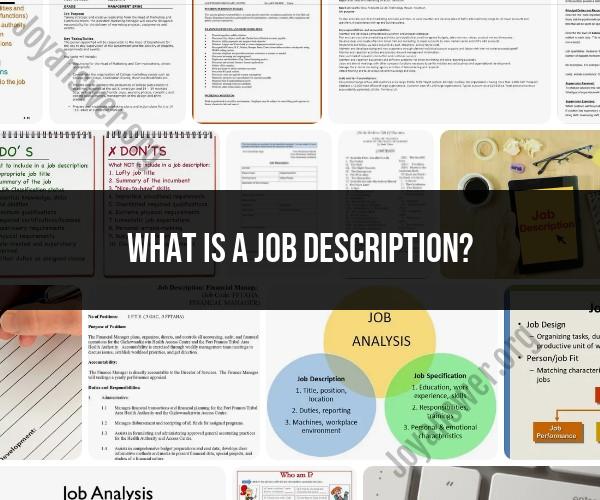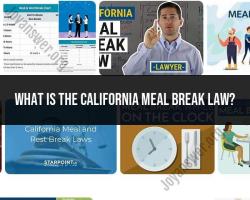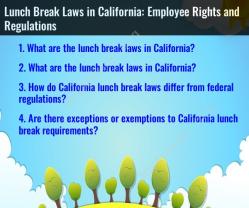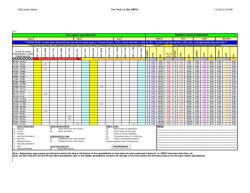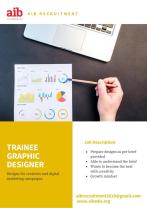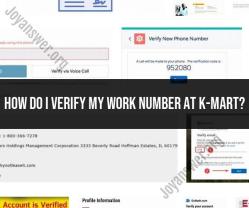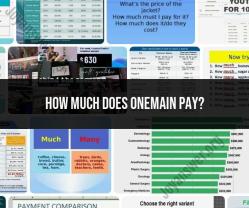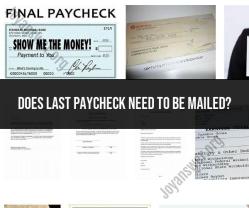What is a job description?
A job description is a written document that outlines the roles, responsibilities, duties, qualifications, and expectations associated with a specific job or position within an organization. It serves as a fundamental tool in human resource management and is used for several important purposes:
Recruitment and Hiring: Job descriptions are used to attract and identify qualified candidates during the hiring process. They provide a clear and detailed account of the job's requirements and responsibilities.
Employee Expectations: Job descriptions help employees understand their roles and what is expected of them in their positions. They provide a framework for performance evaluations and career development discussions.
Performance Appraisals: Employers use job descriptions as a basis for assessing employee performance. By comparing an employee's actual work against the duties outlined in the job description, managers can provide feedback and set performance goals.
Legal and Compliance: Accurate job descriptions can be essential for legal and compliance purposes. They can help ensure that an organization complies with labor laws, anti-discrimination laws, and other regulations.
Compensation and Benefits: Job descriptions often include information about salary, benefits, and other compensation-related details. This information can be used to determine fair compensation and benefits packages for employees.
A typical job description includes the following elements:
- Job Title: The specific title of the position.
- Job Summary: A concise summary of the job's primary purpose and objectives.
- Key Responsibilities: A detailed list of the main tasks and duties associated with the job.
- Qualifications: The qualifications, skills, experience, and education required for the role.
- Reporting Relationships: Information about to whom the employee reports and who reports to them (if applicable).
- Working Conditions: Details about the work environment, physical demands, and any specific conditions associated with the job.
Job descriptions are valuable tools for both employers and employees. For employers, they provide clarity in roles and facilitate effective management, while for employees, they serve as a guide to understand their job and expectations. They are typically updated periodically to reflect changes in job responsibilities, requirements, and organizational needs.
Demystifying Job Descriptions: What You Need to Know
A job description is a written document that outlines the essential duties, responsibilities, and qualifications for a particular position. It is a valuable tool for both employers and employees, as it helps to ensure that everyone is on the same page about what the job entails.
Key Components of a Job Description
A well-written job description should include the following key components:
- Job title: The job title should be clear and concise, and it should accurately reflect the duties and responsibilities of the position.
- Job summary: The job summary should provide a brief overview of the position, including the primary duties and responsibilities.
- Essential duties and responsibilities: This section should list the essential duties and responsibilities of the position in detail.
- Qualifications and experience: This section should list the required and desired qualifications and experience for the position.
- Compensation and benefits: This section should outline the compensation and benefits package that is being offered for the position.
Benefits of Having Well-Defined Job Descriptions
There are a number of benefits to having well-defined job descriptions. These benefits include:
- Improved hiring: Well-defined job descriptions can help employers to attract and hire the best candidates for the position. This is because the job description clearly outlines the duties, responsibilities, and qualifications of the position, so candidates can self-select and only apply for positions that they are a good fit for.
- Reduced turnover: Well-defined job descriptions can help to reduce employee turnover. This is because employees are more likely to be satisfied with their jobs if they have a clear understanding of their duties, responsibilities, and performance expectations.
- Improved employee performance: Well-defined job descriptions can help to improve employee performance. This is because employees know what is expected of them and they have a clear understanding of the skills and knowledge that they need to be successful in their roles.
- Reduced conflict: Well-defined job descriptions can help to reduce conflict in the workplace. This is because employees are less likely to have disagreements about their roles and responsibilities if there is a clear job description in place.
Writing Effective Job Descriptions for Hiring
When writing a job description for hiring, it is important to keep the following tips in mind:
- Be specific and clear: The job description should be specific and clear about the duties, responsibilities, and qualifications of the position. Avoid using vague or ambiguous language.
- Focus on essential duties and responsibilities: The job description should focus on the essential duties and responsibilities of the position. Avoid listing too many duties and responsibilities, as this can make the job description seem overwhelming.
- Be realistic: The job description should be realistic about the qualifications and experience that are required for the position. Avoid listing qualifications and experience that are not essential for the job.
- Use keywords: The job description should use keywords that are relevant to the position. This will help to ensure that the job description is found by qualified candidates when they search for jobs online.
- Proofread carefully: The job description should be proofread carefully before it is posted. This will help to ensure that there are no errors in grammar or spelling.
Job Descriptions as Tools for Employee Management
Job descriptions can also be used as tools for employee management. For example, job descriptions can be used to:
- Set performance expectations: Job descriptions can be used to set performance expectations for employees. This is because the job description clearly outlines the duties, responsibilities, and performance expectations for the position.
- Provide feedback: Job descriptions can be used to provide feedback to employees. This is because the job description can be used as a benchmark to assess employee performance.
- Make decisions about promotions and compensation: Job descriptions can be used to make decisions about promotions and compensation. This is because the job description clearly outlines the duties, responsibilities, and qualifications for the position.
Overall, job descriptions are valuable tools for both employers and employees. Well-defined job descriptions can help to improve hiring, reduce turnover, improve employee performance, reduce conflict, and set performance expectations for employees.
